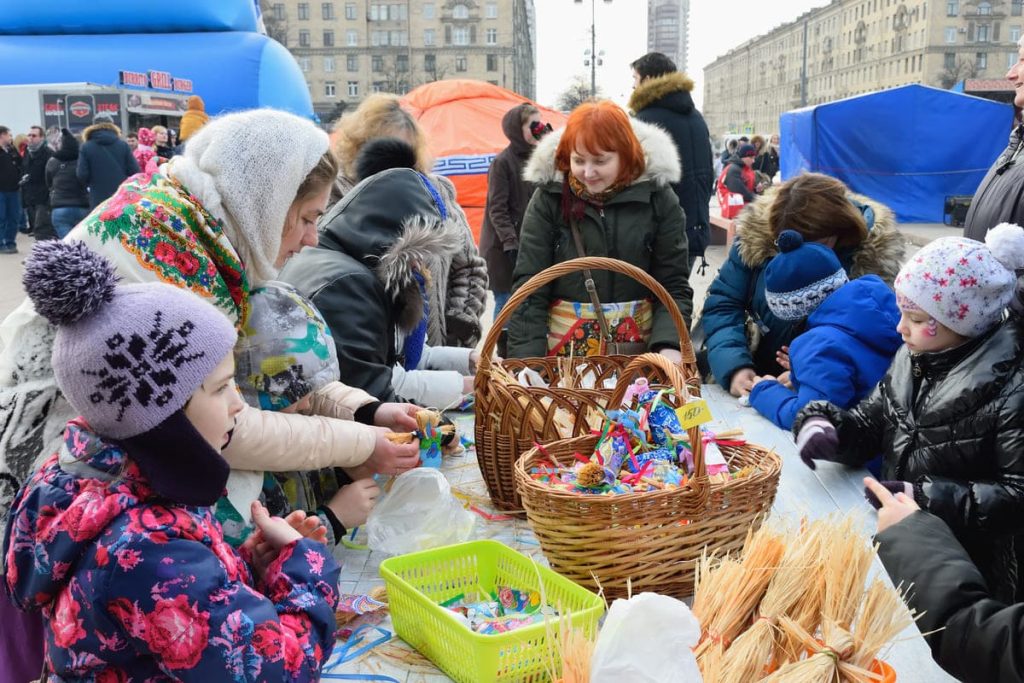As the chill of winter wanes, communities around the globe welcome spring with open arms, celebrating the season’s promise of new beginnings and rebirth. These festivals and events are all about cultural traditions, offer a joy, color, and vitality, reflecting humanity’s enduring appreciation for the cyclical nature of life.
Ancient rituals that signal the rejuvenation of the earth are embraced within these festivities, with many celebrations tracing their origins back to agrarian societies that observed the seasonal changes with reverence and joy.
Key Takeaways:
- Spring festivals embody the spirit of renewal and community across varying cultures.
- Traditional customs like live music and carnival interweave with modern practices in the celebration of the season.
- These celebrations foster a shared sense of human connection through diverse expressions of joy.
Historical Significance and Origins
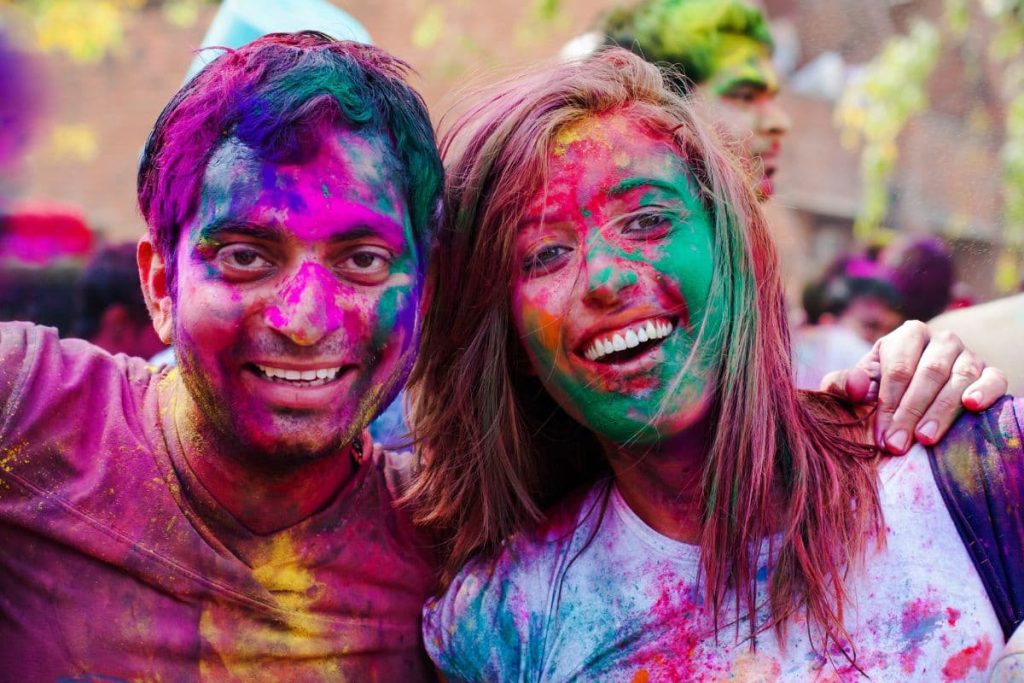
From the vernal equinox celebrations in Iran to the vibrant hues of Holi in India, cultural spring festivals around the world are steeped in history and tradition.
They mark the changing seasons and celebrate themes like rebirth, renewal, and the triumph of good over evil. Every spring, people around the world celebrate these occasions with great fervor.
Nowruz: Persian New Year
Nowruz, celebrated for over 3,000 years and rooted in the ancient religion of Zoroastrianism, marks the Persian New Year and the arrival of spring in the Northern Hemisphere.
It typically falls in early April, coinciding with the spring equinox. In Iran and several other countries, it’s a time of house-cleaning, renewing nature, and symbolizing a fresh start.
Holi: Festival of Colors
Holi, India’s most exuberant celebration, welcomes spring with open arms, embracing the warmth and dispelling the chill of winter. This vibrant event occurs after the first full moon in March, serving as a festive day to celebrate the triumph of good over evil.
The use of colored powders, music, and dance underline Holi’s joyful and spirited atmosphere, akin to a music festival.
Easter: Religious Observances

Easter signifies the resurrection of Jesus Christ and is a principal religious holiday of the Christian church. Its date varies annually, falling on the first Sunday following the first full moon after the vernal equinox.
Easter rituals include the following:
- Attending church services
- Egg decorating
- Sharing meals
This annual spring festival is a time for family fun and reflection.
Passover: Jewish Tradition
Passover is a major Jewish festival that commemorates the liberation of the Israelites from slavery in ancient Egypt. This significant event, known as the story of the Exodus, is at the heart of the celebration.
Moreover, Passover lasts for seven or eight days, depending on the tradition, and is a time for families to come together and reflect on their history and freedom. The festival begins with the ritual of cleaning away the previous year’s leavened bread, symbolizing a fresh start. It’s also a time filled with various activities for children, helping them understand and connect with their heritage.
This period of reflection and celebration is not only a religious observance but also a cultural one, deeply ingrained in Jewish history and identity.
Cultural Spring Celebrations
Spring beckons a world of vibrant festivals, each deeply rooted in cultural traditions and seasonal renewal. From the admiration of cherry blossoms in Japan to the energetic water fights of Thailand, these celebrations shed light on the unique ways cultures usher in the season.
Cherry Blossom Festivals
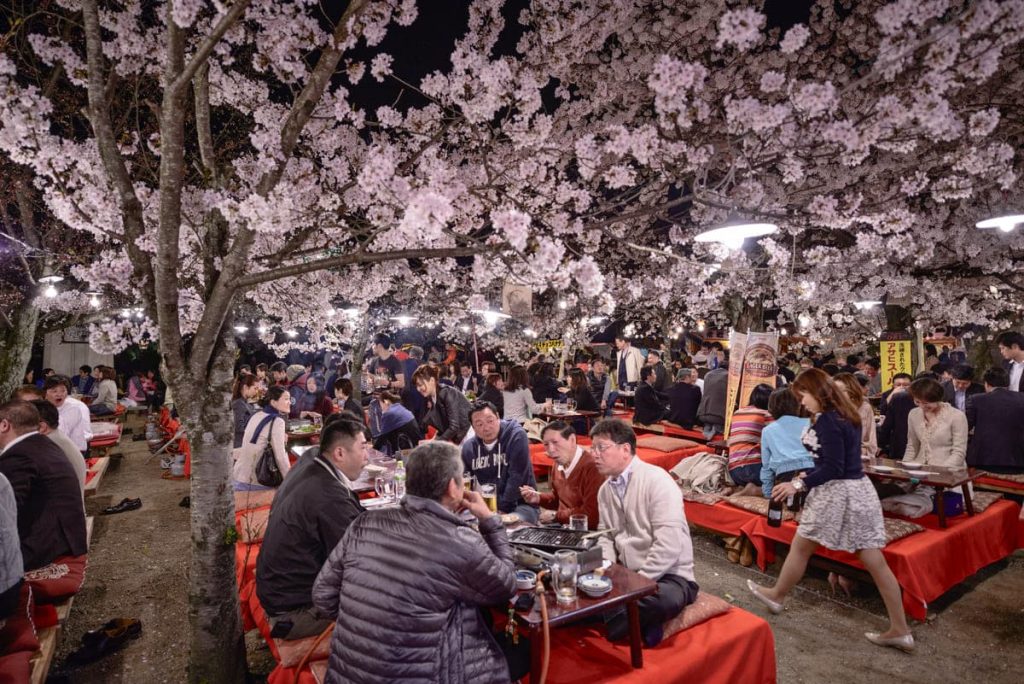
Japan celebrates the fleeting beauty of the cherry blossoms with hanami, a tradition of enjoying the transient beauty of flowers. Sakura, or cherry blossom festivals, mark this occasion as people gather under blooming trees for picnics and parties.
- Location: Japan
- Main Activities: Picnicking under cherry blossom trees, photography, cultural events
- Tradition: Hanami parties celebrate the beauty and impermanence of life
Cimburijada: Festival of Scrambled Eggs
In Bosnia, the first day of spring is celebrated with Cimburijada, the Festival of Scrambled Eggs. Ostensibly a tribute to new life, people gather by the riverside to cook and eat scrambled eggs together.
- Location: Bosnia
- Main Activities: Cooking eggs outdoors, communal eating
- Significance: Symbolizes new life and the beginning of spring
Songkran Water Festival
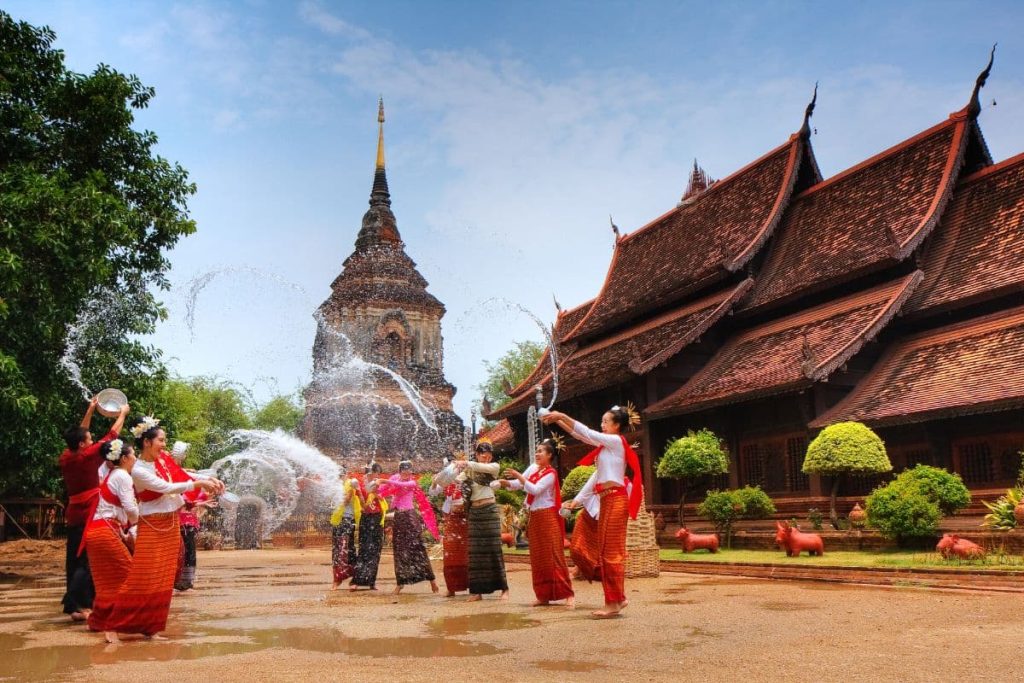
Thailand’s Songkran is renowned for its exuberant water fights, which represent purification and the washing away of sins and bad luck. The festival, held in April and May, rings in the Thai New Year with three days of spirited soaking.
- Location: Thailand
- Main Activities: Water fights, visiting temples, spending time with family
- Dates: 13th-15th April
Semana Santa: Holy Week in Spain
Semana Santa, or Holy Week in Spain, is a profound display of passion and piety. Parades of elaborate floats and penitents carry statues of the Virgin Mary and Jesus through the streets, culminating in Easter Sunday celebrations.
- Location: Spain
- Main Activities: Processions with floats, wearing traditional robes, bonfires
- Significance: Commemorates the crucifixion and resurrection of Jesus Christ
Each of these festivals invites people to engage with tradition and embrace the essence of spring in their distinctive ways. Around the state, similar spring events are held, such as the Atlanta Dogwood Festival, which is an annual festival known for its arts and crafts, food and drink, and live entertainment.
The Canadian Tulip Festival also celebrates spring with vibrant displays of tulips. In these festivals, you can often find food trucks and street festival vibes, adding to the atmosphere of celebrating spring.
Seasonal Rituals and Festivities
As spring heralds in new beginnings, cultures worldwide celebrate with vibrant rituals centered on rebirth, love, and communal joy. Let’s take a stroll through the charismatic festivities of spring day.
Las Fallas in Valencia
In Valencia, March brings Las Fallas, a festival that is held with gusto. The city buzzes with the smell of gunpowder. People create ‘fallas’: figures filled with satire, later burned in bonfires. Streets echo with music and dance, symbolizing renewal and new beginnings, much like the sprouting of a daffodil in spring is a season of joy.
White House Easter Egg Roll
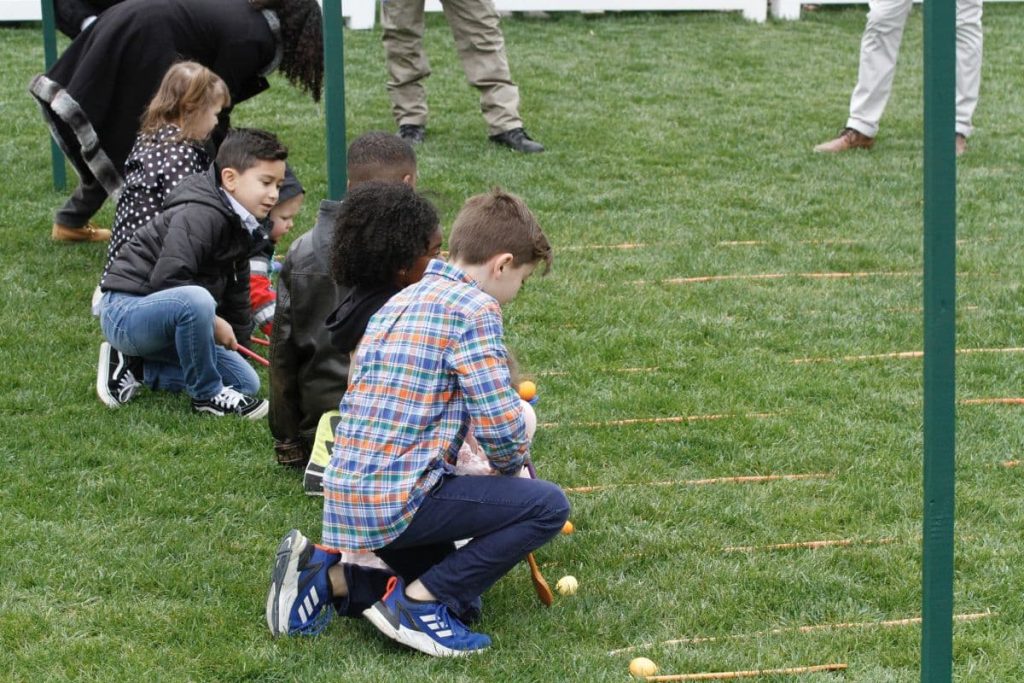
In Washington D.C., spring means the White House Easter Egg Roll, a national holiday event. Families gather on the South Lawn to roll eggs and enjoy live entertainment. This event symbolizes new life, celebration, and family within a national tradition and is fun for the entire family.
Festivals of Love and Rebirth
Many spring festivals worldwide celebrate love and rebirth. Each culture adds its twist. India’s Holi features air filled with colors, symbolizing unity and joy.
Japan’s Hanami celebrates the brief beauty of cherry blossoms, a nod to life’s constant renewal, where the festival takes place throughout the country.
Modern Interpretations and Celebrations

Spring brings varied celebrations globally. These blend tradition with modern elements, engaging communities and schools in vibrant events, where a festival is an annual occurrence that has grown in significance over time.
Spring Celebrations in Schools and Communities
In the USA, schools use spring to teach about growth and renewal. Activities might include gardening. Community events might also include:
- Parades with marching bands
- Floats adorned with spring flowers
These activities help locals express their joy and gratitude for the warmer weather and blooming nature.
Music and Arts Festivals
Spring’s arrival sparks music and arts festivals. Examples include Australia’s Byron Bay Bluesfest, featuring local and international artists. Festivals often feature:
- Live performances
- Art installations
- Workshops
National Interpretations of Spring
Countries uniquely welcome spring. The Netherlands, for instance, celebrates its tulip fields. These blooms bring beauty and economic benefits. The Keukenhof Gardens attract both tourists and locals, admiring spring’s vivid landscape transformation.
Environmental Impact and Conservation

Spring heralds a season of rebirth, and this is echoed in the culinary traditions that people around the world indulge in. Fresh produce and vibrant feasts become focal points of celebrations, revealing much about a region’s culture and springtime rituals. The food festival atmosphere is palpable as each festival is held with its unique culinary flair, often grown to include a variety of dishes.
Celebrating in Parks and Gardens
During spring festivals, parks and gardens serve as prime venues. Not only do they provide a picturesque backdrop that symbolizes the rejuvenation after the long winter, but they also promote the appreciation of natural habitats.
In Central Asia, and similar regions, events are frequently held in these green spaces, inviting attendees to enjoy and respect the burgeoning beauty of nature.
| Region | Festival Name | Location | Celebrations |
|---|---|---|---|
| USA | National Cherry Blossom Festival | Washington D.C. | This festival marks the blooming of cherry blossoms around the Tidal Basin. It includes parades, cultural events, and outdoor activities, showcasing the beauty of nature in urban spaces. |
| Europe | Keukenhof Gardens | Lisse, Netherlands | The spring festival here is a celebration of tulips, daffodils, and other spring blooms, attracting visitors to its vibrant, natural displays. |
| Australia | Floriade | Canberra | This annual flower and entertainment festival features extensive displays of flowering bulbs integrated with sculptures and art installations. |
Conservation Efforts during Festivals
Festivals often incorporate conservation messages, particularly around the use of water. Water, being central to many springtime rituals, especially in regions where it symbolizes purity and renewal, can lead to waste if not managed properly.
Festival organizers increasingly implement measures to minimize waste and promote sustainable practices. This can include:
- Water Conservation Steps: Using recycled water for rituals or encouraging sparing use among participants.
- Educational Programs: Informing attendees about the local environment and how they can contribute to its well-being.
Culinary Traditions of Spring
Spring heralds a season of rebirth, and this is echoed in the culinary traditions that people around the world indulge in. Fresh produce and vibrant feasts become focal points of celebrations, revealing much about a region’s culture and springtime rituals.
The food festival atmosphere is palpable as each festival is held with its unique culinary flair, often grown to include a variety of dishes.
Feasting and Fasting Practices
In many cultures, spring is a time of dichotomy between feasting and fasting.
The Russian celebration of Maslenitsa, an ancient festival, is a prime example: folks bid winter farewell with a week-long feast including pancakes, symbolizing the sun, before the austerity of Great Lent.
Conversely, during the first day of the Bengali New Year, or Pahela Baishakh, people in Bangladesh and Western India often enjoy a festive meal that celebrates the festival of the end of the harvest season, which typically takes place in March or late March or early April.
Maslenitsa (Russia)
- Feasting: Rich, buttery pancakes known as blini, served with caviar, honey, jams, and sour cream. This festival has grown to become one of the largest events in the region.
- Fasting: Begins with the start of Orthodox Lent, marked by abstaining from meat and dairy.
Pahela Baishakh (Bangladesh and Western India)
- Feasting: Locals relish dishes like Panta bhat (water-soaked rice), hilsa fish, and an array of sweets made from milk and sugar. This festival has evolved to become a significant culinary event.
Spring Feast Ingredients and Dishes
Spring’s bounty is celebrated with fresh ingredients gracing the tables in various forms. In India, the Holi festival, a vibrant film festival, is also a gastronomic one, with sweets like gujiya (sweet dumplings) and dishes featuring sprouts and fresh vegetables.
Seven traditional items are quintessential to the Nowruz (Persian New Year) table, known as Haft-Seen. Nowruz means “new day” and marks the Persian New Year.
Holi (India and Nepal)
- Fresh produce: Sprouts, fruits, and other seven items consumed while celebrating the new vitality of spring. The festival typically lasts over a day, filled with colors and flavors.
- Sweets: Gujiya, malpua, and other traditional mithai (sweets), where people enjoy live music and festivities.
Nowruz (Persia)
- Haft-Seen: Seven symbolic items like Sabzeh (wheatgrass sprouts), Samanu (sweet pudding), and Senjed (dried oleaster fruit), each with its specific significance.
In each of these festivals, a common theme emerges: a celebration of life’s renewal through food, whether it’s indulging in a hearty feast or savoring specific dishes that symbolize good luck and prosperity for the coming year.
Spring Festival Fashion and Decorations
In spring festivals around the world, the vibrant display of fashion and decorations plays a pivotal role in the celebration. From the explosion of colors leveraged in apparel to the diverse decorative elements marking the holidays, these aspects are central to the cultural expression and festive atmosphere.
Each festival features its unique style and decor, where the festival brings together communities in a vivid display.
Traditional Attire and Modern Apparel
During the Holi festival in India and Nepal, attire takes a backseat to the kaleidoscope of colored powders that revelers throw at each other. Simple, white garments often become canvases for the splashes of colors—a tradition that ensures no one is spared from the riot of hues that symbolize joy and the triumph of good over evil.
Easter celebrations in Slovakia, on the other hand, might see children wearing more traditional, often hand-crafted clothing as they participate in the festivities.
Fashion Frequently Seen in Spring Festivals
- India & Nepal: Simple clothes primed for color drenching
- Slovakia: Folk costumes with intricate patterns and embroidery
Decorative Elements of Holidays
For decorative elements, the focus is often on elements that embody the spirit of renewal and the beauty of nature awakening. Whether it’s the lanterns adorning streets during the Japanese Cherry Blossom festivals, which typically take place in March, or the blooming flower arrangements that signal spring in many cultures, decorations are quintessential.
In the tulip fields of the Skagit Valley, for example, the very landscape becomes a decoration, with rows upon rows of tulips creating a tapestry of vivid colors that attract visitors from all over.
Typical Decorations in Spring Festivals
- Japan: Paper lanterns, often pink to echo the cherry blossoms
- Skagit Valley: Natural decorations of blooming tulip fields
Social Aspects of Spring Festivals

Spring festivals serve as a vibrant tapestry of social gatherings, bringing together family, friends, and communities. They mark a time when people shake off the winter cold and embrace the warmth of the upcoming season with spirited celebrations.
Each festival is known for its unique customs and traditions, reflecting the cultural richness of its origins.
family traditions
Families often host or attend special meals where generations come together. Elders share stories and impart traditions, acting as living bridges to the past.
It’s a time for reunion, where family members who might be busy or live far apart can reconnect and create new memories. This festival includes activities that cater to all ages, fostering a sense of togetherness and cultural appreciation.
Communities
In many places, communities come alive with street parties and public gatherings. These events can encompass everything from parades to performances, inviting everyone to join in the festivities. The atmosphere is usually filled with music, dance, and the general mirth of people celebrating the promise of new beginnings.
Often, the festival starts with a parade or a special opening ceremony, drawing crowds from near and far.
Friends and acquaintance
Friends seize the occasion for themed get-togethers or to attend festivals. Whether it’s a picnic blooming with the season’s first flowers or a community event, friends often form groups to enjoy the season’s activities together. Some festivals provide an opportunity to visit historical sites or participate in cultural workshops, enhancing the experience.
Here’s how some spring traditions reflect the social fabric:
- Commemorating the birth of new beginnings: Many spring festivals have religious or historical significance, celebrating events such as the equinox on March 21st.
- Community Events: Parades, fairs, and markets where local vendors and artisans can display their crafts. The table often includes seven items, each symbolizing a different aspect of life and nature.
- Family Gatherings: Special meals or reunions where family recipes are often featured. Families continue the tradition of passing down recipes and stories, away from the previous year’s challenges.
- Parties for Friends: Costumed events or picnics in the park to celebrate spring’s arrival. Many people also engage in outdoor activities or traditional maypole dancing, taking advantage of the warmer weather.
WRAPPING UP – HONOR THE TRADITIONS OF GLOBAL SPRING FESTIVALS
Spring festivals reflect a universal theme of renewal. Across the globe, these celebrations mark the end of winter’s dormancy and honor the burst of new life. They are rich with customs and rituals that signify rebirth, rejuvenation, and a fresh start, mirroring nature’s awakening.
Ultimately, spring festivals serve as a reminder that despite differences in language, geography, or custom, societies find common ground in celebrating life’s perennial cycle. The joy felt in the thaw of spring is as widespread as the blossoms that signal its arrival. These festivals are not just local or regional; they’re a worldwide testament to humanity’s perennial optimism for a future that blooms anew.
Frequently Asked Questions
What are some unique spring traditions from different parts of the world?
In Thailand, the Songkran festival in April is famous for its exuberant water fights, symbolizing cleansing and renewal. Meanwhile, in India, Holi is celebrated with vibrant colored powders, signifying the victory of good over evil.
How do various cultures celebrate the arrival of the spring season?
Japanese people welcome spring with hanami, the tradition of enjoying the transient beauty of cherry blossoms. In Spain, Las Fallas in Valencia is marked by the construction and burning of ninots (large wooden figures), a celebration of rebirth and new beginnings.
Can you name a few religious festivals that take place during springtime?
Easter, a significant Christian holiday, commemorates the resurrection of Jesus with special church services and, in many countries, the exchange of Easter eggs. Passover, an important Jewish festival, is observed in spring, celebrating the Hebrews’ liberation from slavery in Egypt.
Are there any ancient spring festivals that are still celebrated today?
The ancient Roman festival of Hilaria, which honored the mother goddess Cybele, has evolved into various spring celebrations still observed in different forms. May Day, originating from the Celtic festival Beltane, is still celebrated in many parts of Europe with maypole dancing.
What activities make up for a typical Spring Equinox celebration across the globe?
The Spring Equinox is often marked by outdoor activities and community gatherings. In many cultures, people dance, sing, or share meals together. At ancient sites like Stonehenge in England, some gather to watch the sunrise in alignment with the stones.
In what ways do spring celebrations reflect the cultural values of a society?
Spring festivals often emphasize themes of renewal, fertility, and unity. They reflect a society’s relationship with nature and its cycles, as well as the importance of community and the collective sharing of hopes for a fruitful year ahead
